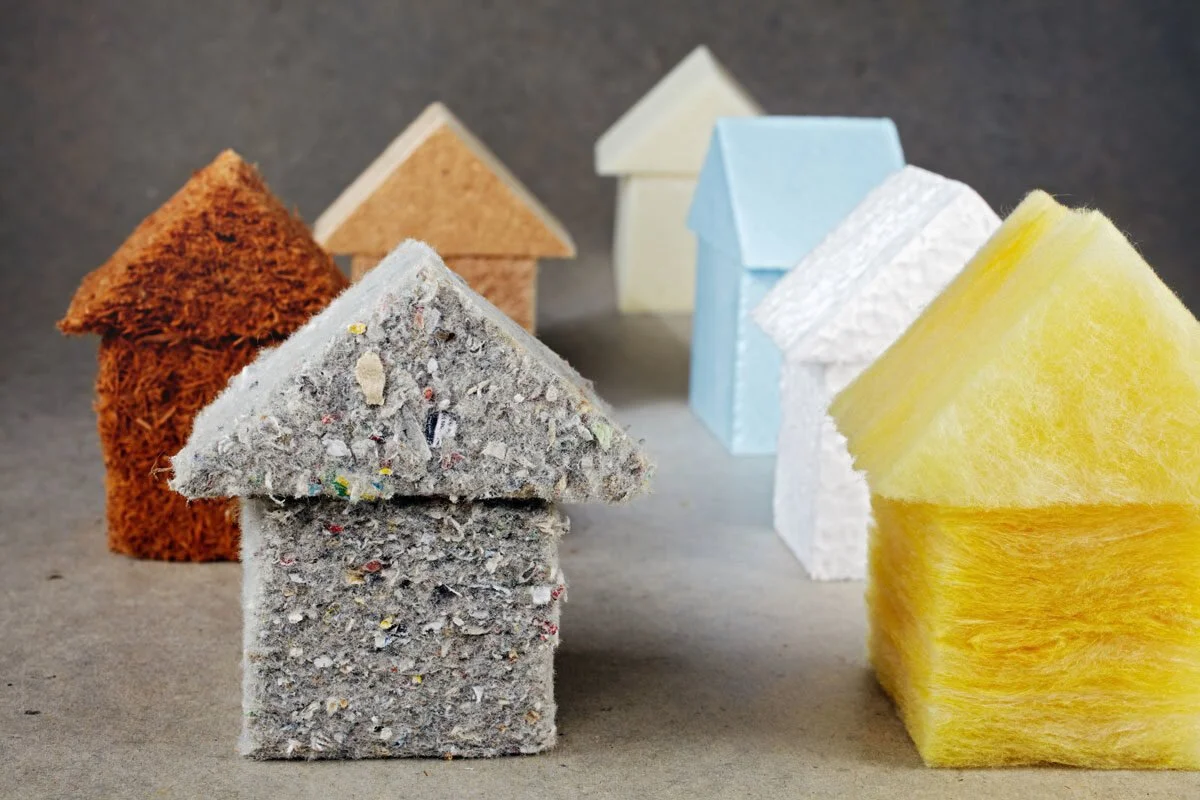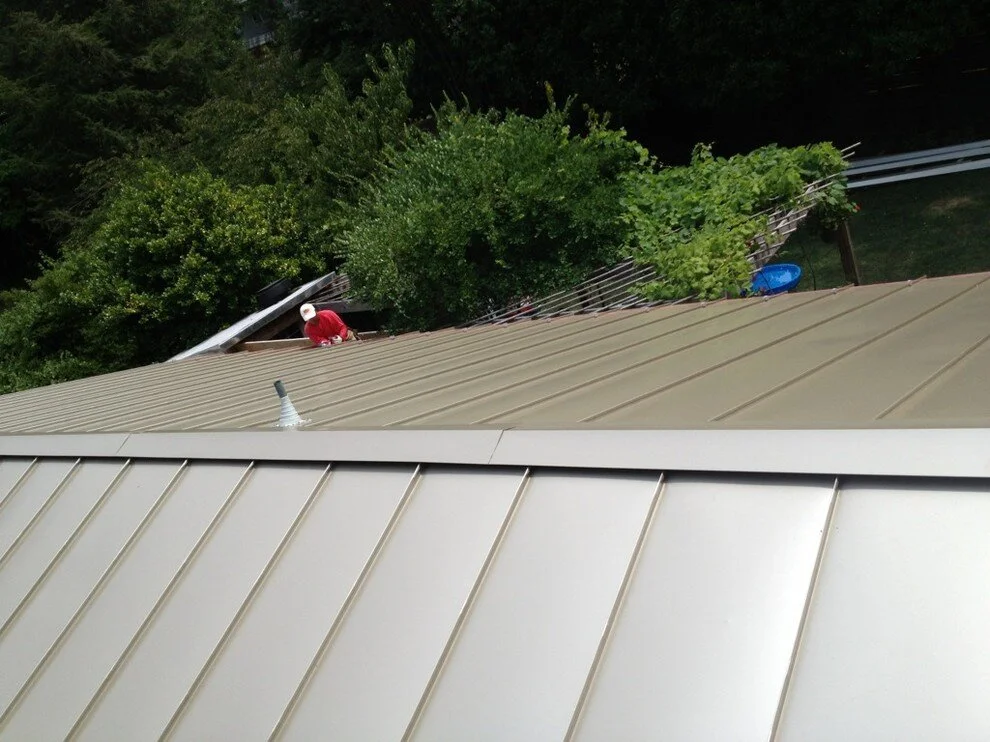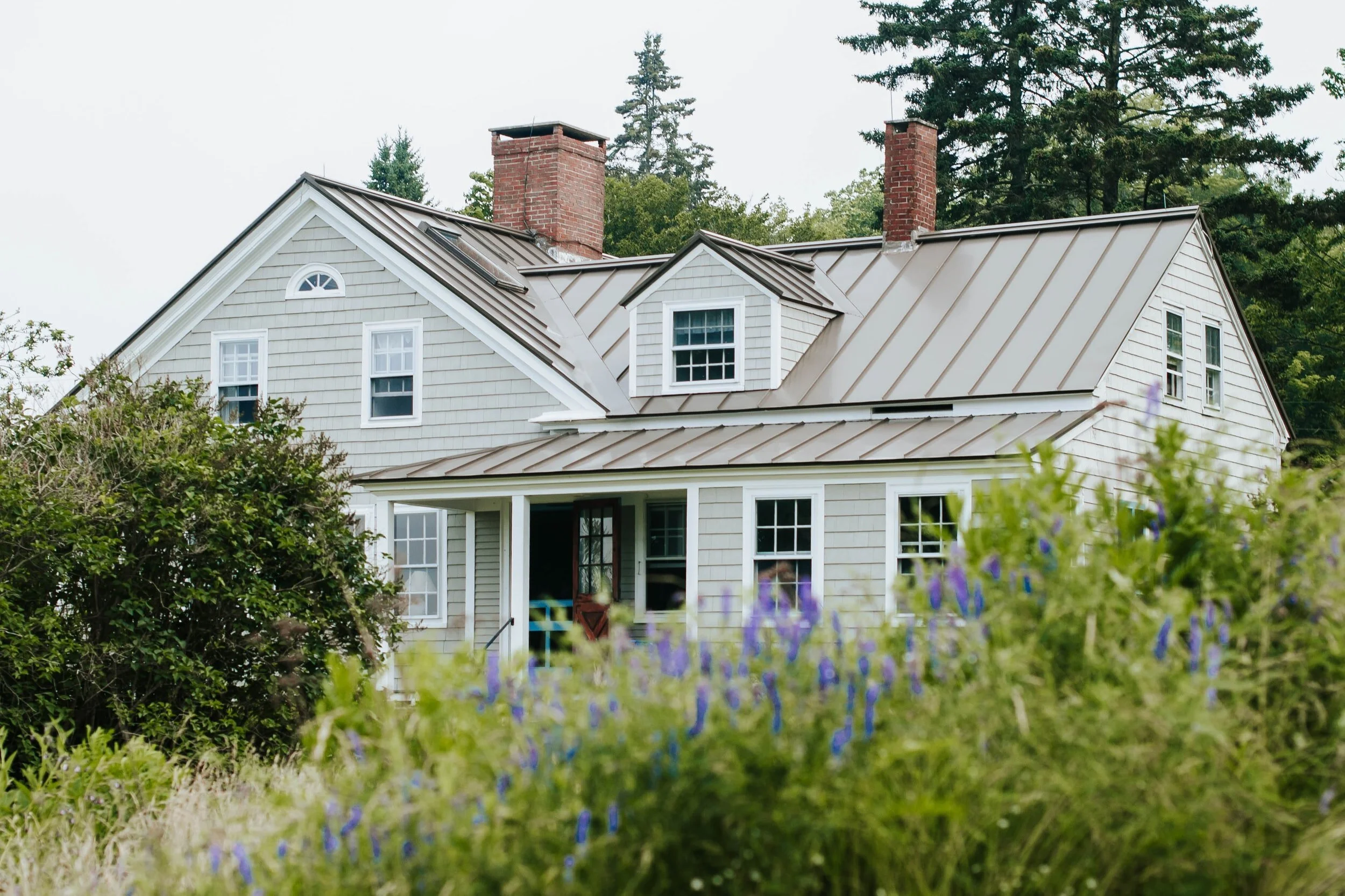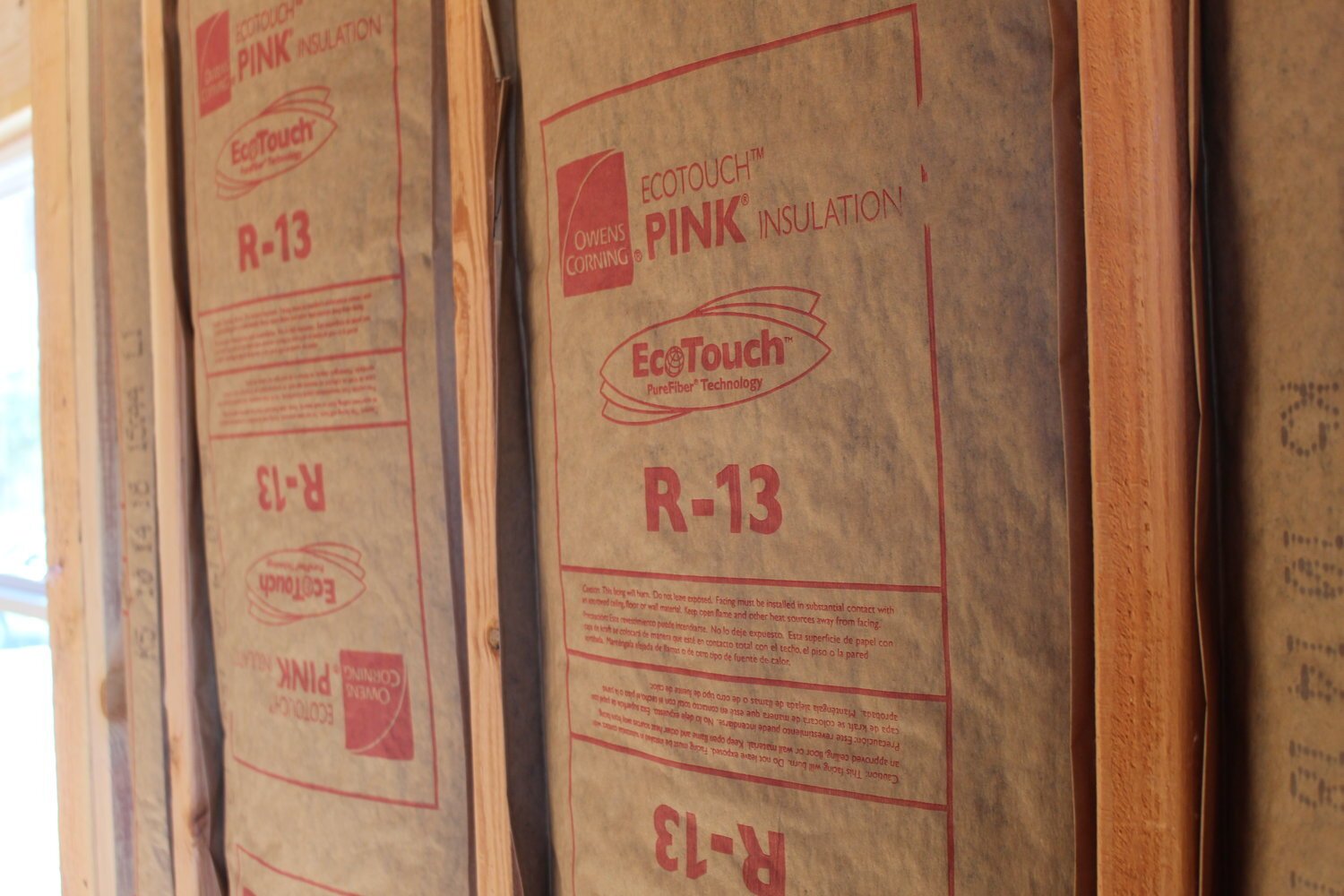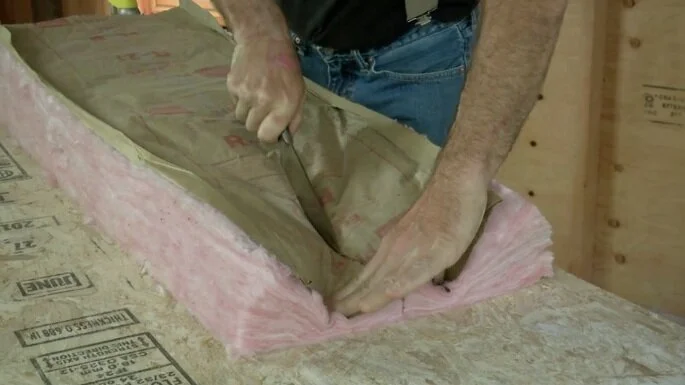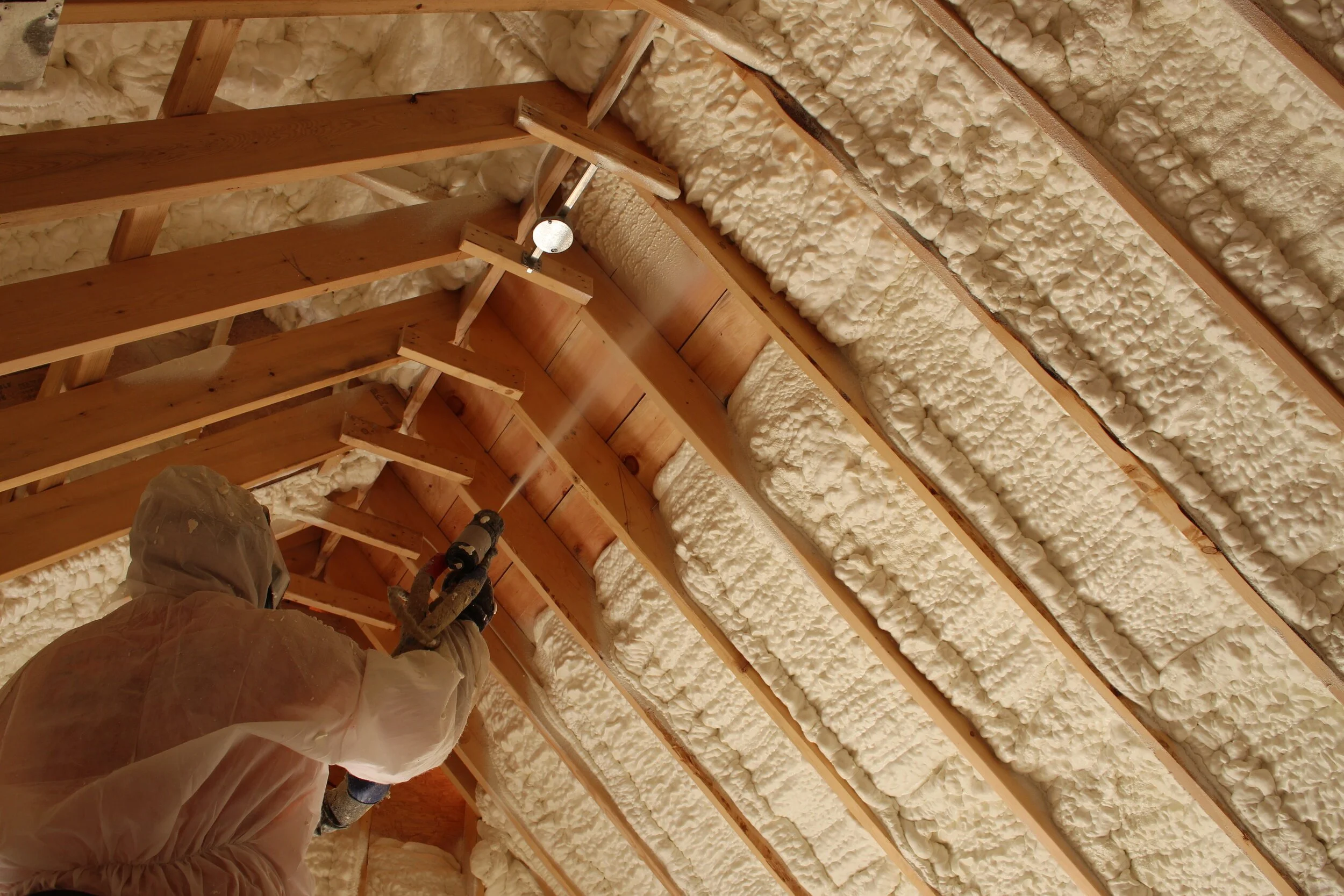Insulation basics: R-value and the building envelope
LEARN HOW HEAT MOVES THROUGH A HOME AND THE MATERIALS THAT RESIST IT, HELPING TO ENSURE YOUR INSULATION IS PERFORMING ADEQUATELY.
Additional insulation in a home’s building envelope (walls, crawlspace, and roof/attic) can be one of the most cost-efficient ways to reduce a homes heating and cooling bills. In new construction, placing a priority on insulation is a smart way to reduce future maintenance costs by reducing the home’s total energy consumption.
Since no two buildings are the same, and because there are so many insulation products and techniques, it can often be confusing to determine what’s best for a particular project.
In any case, it’s crucial to understand the basics of heat flow and how insulation affects the building envelope. Let’s dive in.
Interior of a welcoming and comfortable home, designed for relaxation and ease.
Heat is always moving. It will always work its way toward colder areas until the two transfer their energy and become neutral. Heat moves in three ways:
Conduction. When a space accepts the heat to transfer through.
Convection. Heat is less dense, which means it rises easier than cold air. As such, your attic is hotter than your basement.
Radiation. Underfloor radiant heating, which transfers its heat outward.
If enough heat flows toward the cool area, your interior can become uncomfortable.
Visual comparison of various types of insulation materials, aiding in understanding the diversity of insulation options
To eliminate heat from flowing freely through the building envelope, insulation is introduced as a form of ‘conductive resistance’. In the winter months, insulation reduces heat loss by making it more difficult for the warm conditioned air inside your home to flow to the cold air outside your home. In the summer months, it helps by keeping the outdoor heat from transferring into your cool, conditioned inside air.
Metal roof with vented radiant barrier installed, showcasing an energy-efficient roofing system for temperature control.
To eliminate heat from flowing freely through the building envelope, insulation is introduced as a form of ‘conductive resistance’. In the winter months, insulation reduces heat loss by making it more difficult for the warm conditioned air inside your home to flow to the cold air outside your home. In the summer months, it helps by keeping the outdoor heat from transferring into your cool, conditioned inside air.
Charming suburban house with well-maintained landscaping and inviting architecture.
The higher the R-value, the better the thermal resistance. You may have heard the term “R-value” when discussing insulation. R-values are meant to help you understand the thermal resistance of a material or combination of materials. Did you know that In the United States, the R-value of certain building materials is actually legally required to be provided at the point of sale (and sometimes even on advertisements)? This is to increase awareness and prevent false claims about the potential of insulation components. However, the R-value itself can be tricky to understand.
Stack of fiberglass batts, a common type of insulation material, ready for installation.
R-values can easily be confusing, because the units of measurement are typically left off. In the U.S., R-values are given in units of feet squared times degrees Fahrenheit times hours, divided by BTU (British thermal unit), or ft² °F hr/BTU. (Now do you see why they leave the units off?)
Image depicting the process of cutting batt insulation to fit within a wall cavity for effective thermal insulation.
The R-value can change in a material due to varying thickness. You may have heard your architect say that the goal is to reach a certain R-value for a complete wall composition, for example. This means the thermal resistance (or R-value) of all the products that make up the wall section — all of them together — plus the internal and external layers of air surrounding the wall. When purchasing insulation, you should have access to a fact sheet telling you exactly what the R-value per inch is, with a table showing any change in the R-value over varying thicknesses of the material.
Attic space being insulated with spray foam, providing effective and efficient thermal barrier.
Insulation is only one part of the puzzle. Yet, it is probably the largest part. To get a better understanding, imagine your home is a balloon full of hot water; the balloon represents the building envelope. You can feel the heat trying to escape through the balloon material (this is known as conductive heat loss). Wrapping the balloon in a towel, representing insulation, it may take longer for the water inside the balloon to lose all of its heat. But if there’s a hole in the balloon, all of that hot water will leak out at a much faster rate. This would represent a leak, or hole in your building envelope that lets conditioned air escape.
Similar to the balloon example, you can add insulation to the building envelope, but if you have an air leak around your window frames, which is extremely common, you will negate the effectiveness of the insulation because all of the conditioned air will escape.
This is why the proper installation of your insulation is perhaps even more important than the material you select. In fact, ease of installation is one of the major reasons that spray foam insulation (seen here) is so popular in the United States.
The amount of insulation you will need and its R-value will be dependent on many factors, including:
Your climate zone
Your type of HVAC system
Your budget
Whether you are installing the material yourself or hiring a professional
What part(s) of the house you’re insulating
The importance of indoor air quality to you and your family
Life-cycle cost considerations
Recycled content and embodied energy of the material
The building envelope is only as strong as its weakest link. Keep this in mind when investing in insulation. It may not make financial sense to improve the quality of your balloon if it has a hole in it anyway.


